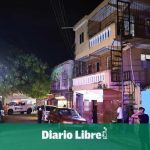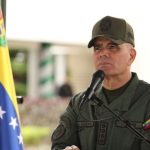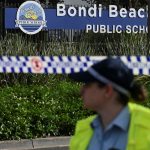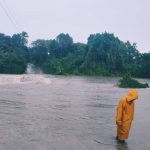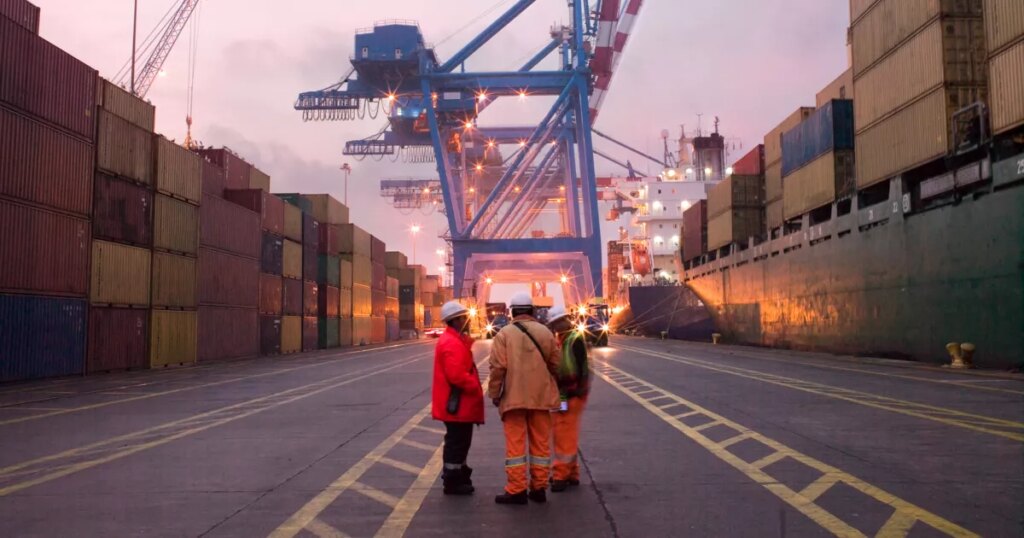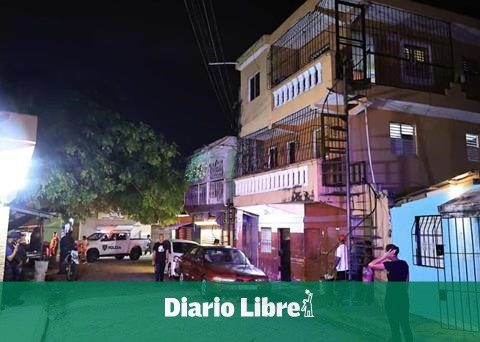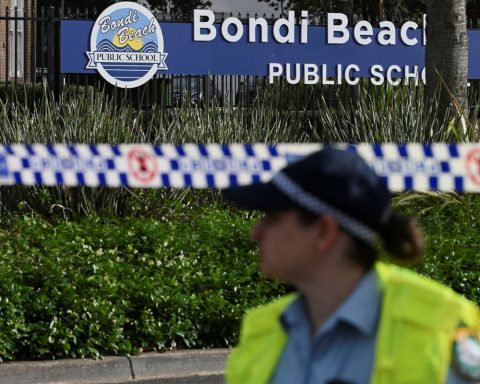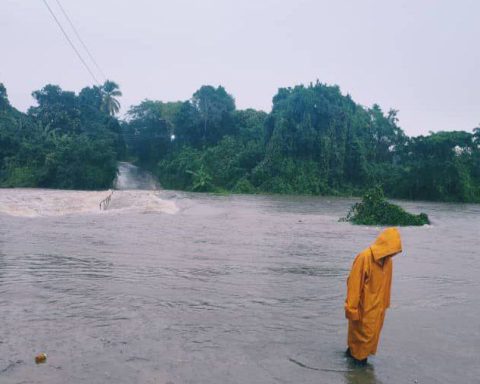The dictatorship of Daniel Ortega took a step back with the measure to prohibit the entry of binoculars and cameras into the country. The state decision is known less than 24 hours after the scandal caused after learning of the measure adopted in mid-January by the General Directorate of Customs Services (DGSA).
“The first information has to do with the decision that our commander Daniel (Ortega) has transferred to the General Directorate of Customs to eliminate all obstacles to the introduction of photographic or filming equipment for those who visit our blessed Nicaragua,” said Vice President Rosario. Murillo in his speech at noon.
On January 16, 2023, an order issued by Customs authorized the retention of equipment if there was no guarantee for the entry of professional teams from the Cinematheque, directed by Idania Castillo, ex-wife of Juan Carlos Ortega Murillo, son of the ruling couple.
According to Murillo, Ortega’s decision is based on the fact that there are more and more people interested in visiting Nicaragua, bird watching and touring the beauties of the nation in a supposedly safe country.
However, Nicaragua is experiencing a de facto police state that has violated the right of all Nicaraguans to freedom of assembly and association. There are currently 235 prisoners of conscience in the country, while Ortega clings to power and assures that he is the victim of interventionism in internal politics, without responding to the human rights abuses committed by his regime.
They send Medrano to retract
Murillo said that the director of the DGSA, Eddy Medrano, will be sending a new provision this Friday, January 27, in compliance with the new order that reverses a provision that provoked severe criticism at the national and international level.
Among the repealed restrictions is that tourists could enter a photographic device and a long-sighted glass and, when there were more, they would be subject to the respective tax obligations.
The DGSA had already published a list of 140 pieces of equipment and 90 accessories that required permission to enter Nicaragua. Among these were 90 models of photographic cameras and some 50 types of film and video cameras.
Among the brands of the cameras were listed those brands Nikon, Sony and Canon. Many of these provisions, according to sources consulted, were in fact carried out by the dictatorship, uncomfortable with the fact that there were more witnesses disclosing the situation of repression in Nicaragua.






